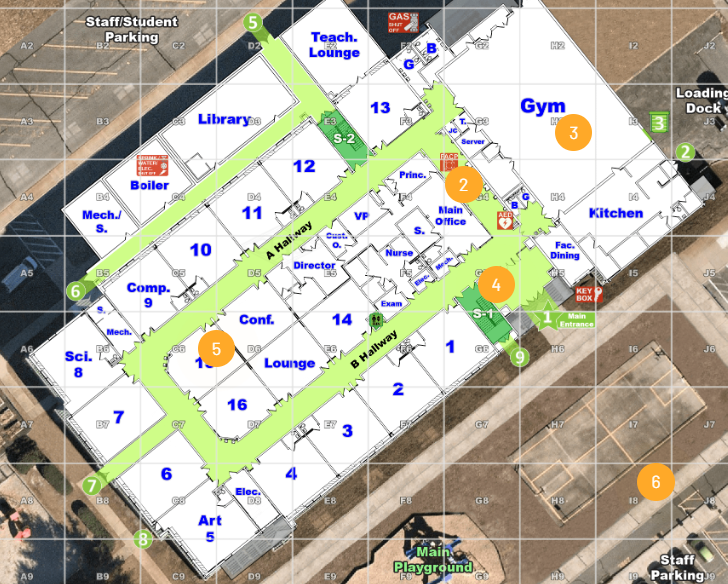Motorola’s SVX AI Gear Highlights Push for Faster Emergency Response—but Raises Questions on Long-Term Dependence
- Security Guys

- Aug 31
- 2 min read
Motorola Solutions, long known for heavy investment in public-safety communications, has unveiled its latest hardware bundle: SVX—a unified device combining a body camera, remote speaker microphone and AI assistant called Assist. The company claims this package aims to shave off significant time from first responders’ routine duties.
Company’s bold claims and context
Mahesh Saptharishi, Chief Technology Officer at Motorola Solutions, described the device as the result of hands-on collaboration with the field: “We built this device in collaboration with 32 agencies out there with 150 users that actively tested, gave us feedback,” he said in response to questions about SVX's development. Motorola supplies more than 60 percent of U.S. 911 call-handling software, and the SVX integrates with its APX NEXT radios for real-time data analysis and communication. Assist automates tasks like entering vehicle registration and driver-license data, potentially cutting report-writing time by over 40 percent.
Efficiency versus dependency
The Emergency Chainer sees immediate benefits—faster processing, streamlined data flow, less administrative burden. In high-pressure emergencies, every second saved can aid situational response. But the big label on efficiency masks a deeper question: does bundling AI, camera, mic and radio into a single nearly proprietary platform increase tactical dependence on one corporate ecosystem? What if the AI misidentifies or misprioritizes data during a surge event? Upgrading or substituting components may prove costly or complex later on.
Supply chain and resilience concerns
Motorola’s expanded global manufacturing footprint, now stretched across the U.S., Mexico, Canada and Malaysia, reflects a strategy to mitigate tariff risks and regional disruptions. But as first responders face increasingly brittle supply chains—even for hardware upgrades—this consolidation of gear and supplier may expose public safety agencies to vulnerabilities if geopolitical or logistical friction emerges.
Caution for emergency professionals
Security and resilience professionals shouldn’t dismiss SVX as just another slick device. Its utility lies not in shine but in reliability. The true gauge of success will be how well Assist performs under stress—in real emergencies, with poor signal, diverse accents, or partial failures. If the AI drops a critical data point or the system locks up in the field, tools become liabilities.
At its best, SVX could be a step toward lighter cognitive load for officers and faster incident resolution. But leaning into a unified ecosystem risks ceding flexibility just when adaptability matters. The Emergency Chainer will be watching not for shiny demos, but how the device fares during the next big incident—whether officers’ work becomes smoother or more constrained.





